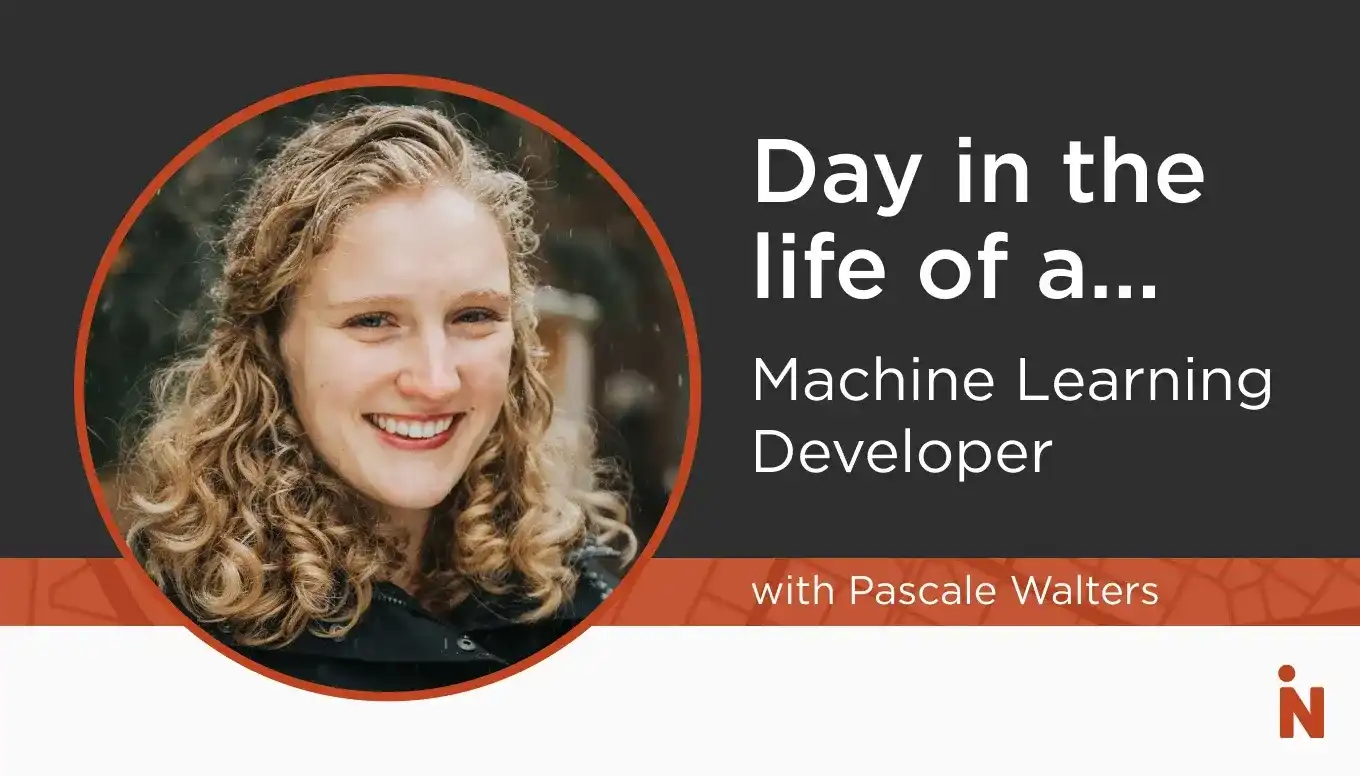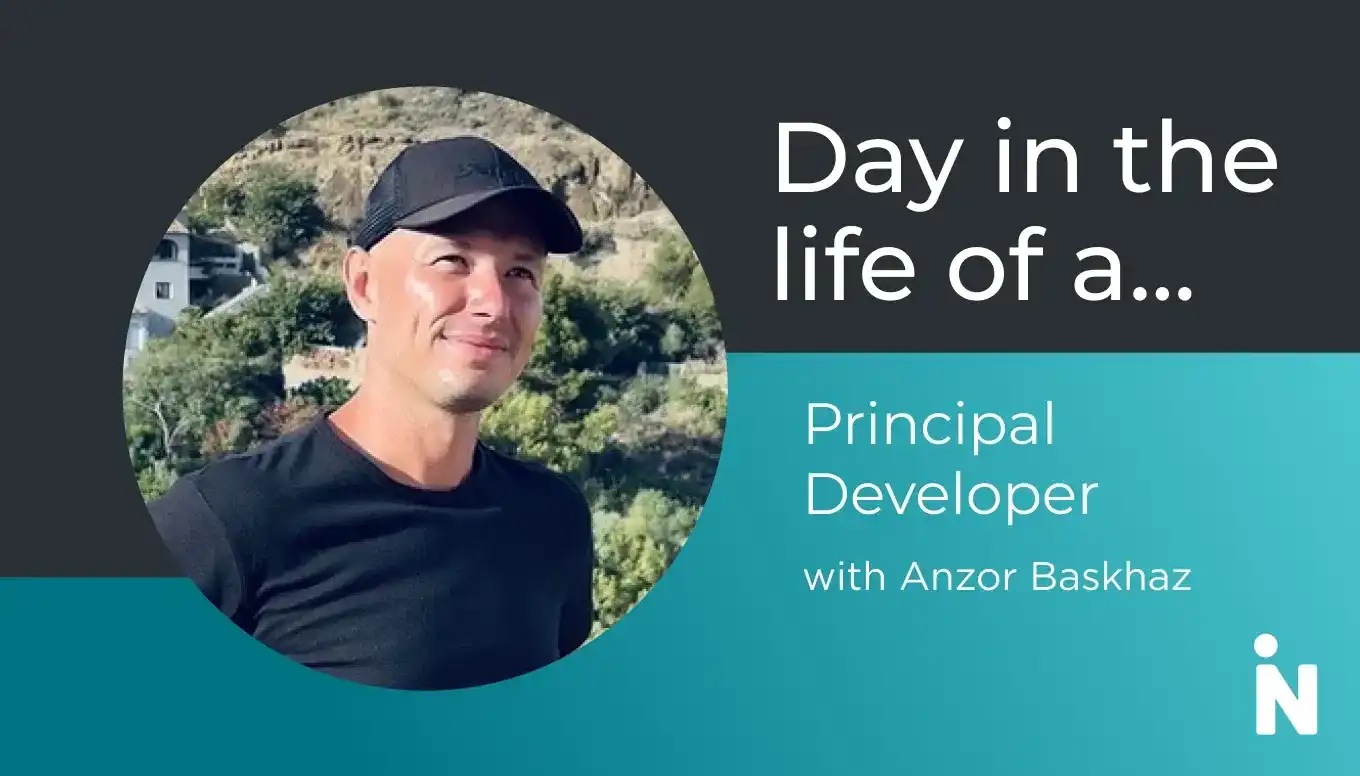Have you ever wondered what goes on behind the scenes in the world of indoor map design? How do map designers bring 2D floor plans to life and transform them into interactive 3D maps that seamlessly guide visitors through complex spaces?
We interviewed Zainab, a Map Design Team Lead at Mappedin, to find out.
What is a map designer?
At Mappedin, a map designer is responsible for transforming a client's 2D building floor plans into captivating 3D interactive maps. These maps serve various purposes, such as helping visitors effectively navigate and explore different properties.
What does a map design team lead do?
As a Map Design Team Lead at Mappedin, my role entails overseeing the creation and design of interactive maps, many of which are specifically tailored for malls .
When we work with clients who have more than five properties in their portfolio, I prepare a process document outlining how we’ll be mapping this client's map to ensure consistency and that the client's needs are met. I'm also the go-to person for answering any questions related to mall mapping.
I have several people reporting to me on the Mapping team and my role is to guide them, help them grow, and provide support, ensuring they are well-versed in our processes and understand their deliverables. Additionally, I work closely with the other team leads to hire new map designers and ensure the team is engaged and running smoothly.
What does your typical workday look like?
Morning: Mornings are filled with meetings, allowing us to align and stay updated on the progress of our mapping tickets (our way of filing what tasks need to be completed). We kick off the day with stand-up meetings, where we discuss any updates or concerns regarding the ongoing mapping tickets in our sprint. Following that, I usually have one-on-one meetings with my team members.
I also dedicate some time in the morning to work on pricing estimates for the Sales team.
Afternoon: The remainder of my day is spent working on my mapping tickets. I like to have my meetings during the first part of the day so that I can focus on tickets for the rest of the day.
What’s your go-to lunch?
My go-to is always fried eggs and tea. It’s the only meal that keeps me energized and full for hours.
What software or tools do you use in your work?
In our work, we primarily use AutoCAD, Adobe Illustrator, and the Mappedin CMS software to map properties. Sometimes, I start by sketching buildings on a notepad to visualize complex properties with multiple levels, interesting sections, or elevations.
We also use JIRA to keep track of our mapping tickets.
What kind of maps do you typically work on?
My work primarily revolves around creating maps for malls, as well as exhibitions and campuses. Other map designers on our team create maps for stadiums, offices, hospitals, college and university campuses, and much more.
What factors do you consider when designing a map to ensure it effectively communicates information and is visually appealing?
Firstly, I analyze the context of the venue to determine the amount of information required for wayfinding purposes. Some venues may not need extensive outdoor context, so I adjust the map accordingly.
I also consider the type of spaces that are important in the venue to ensure that they stand out on the map. Different venues prioritize different areas, so it’s crucial to tailor the map accordingly. For example, an office might not focus on storage areas, while a museum map may highlight them for public access.
Moreover, I consider the clients branding to make sure that the color palette and other visual aspects of the map correspond to the clients branding.
What considerations do you make for different types of venues or industries?
Since we specialize in indoor mapping, the first consideration I make is whether outdoor mapping is necessary for a particular venue. Some properties only require indoor wayfinding, for example, while others may want to showcase their parking lots and provide navigation to outdoor areas or amenities as well.
The size of a venue also plays a role. For larger properties, we often need to create map groups that encompass multiple buildings with several levels in each building.
Also, we consider the level of detail to include in the map. Do we need to add natural features and landscaping? Do we need to add furniture? It all depends on the type of venue and the specific needs of the client.
Are there any challenges or obstacles you frequently encounter in your work?
One of the most common challenges we face is receiving accurate and up-to-date building floor plans from clients. If the provided files are not an accurate representation of the venue, it becomes challenging for us to create an accurate and detailed map.
What initially sparked your interest in map design, and how did you get started in the field?
My interest started when I did my master’s thesis on improving access to the PATH system in Toronto. This involved researching a lot of maps, studying the PATH infrastructure, and even creating my own maps. It also allowed me to gain a deeper understanding of wayfinding tools.
When I came across an opening for a Map Designer position at Mappedin during the pandemic, I saw it as an opportunity that resonated with my skills and interests. I applied, and fortunately, it was a great fit for me.
What advice would you give to someone interested in pursuing a career in map design?
When it comes to pursuing a career in map design, there is a wide range of educational backgrounds that can help you get into Map Design. At Mappedin, experience with GIS, AutoCAD, architectural and urban plans, as well as graphic design make you a great fit for our team.
I highly recommend creating your own maps of spaces or cities that interest you. Be creative, experimental, and thoughtful with your use of colors. These maps will look good on your portfolio when you’re applying for map design positions.
Also, stay informed about different mapping practices around the world, whether it's mapping practices for public transportation maps or stadium maps. This will help you understand how mapping works and how it’s being used around the world.
Interested in working with Zainab? We are hiring a Map Designer to join her on the Mapping team. Also, check out our Careers Page for all open roles, or send an email to our recruitment team at careers@mappedin.ca.
Tagged In
Share


